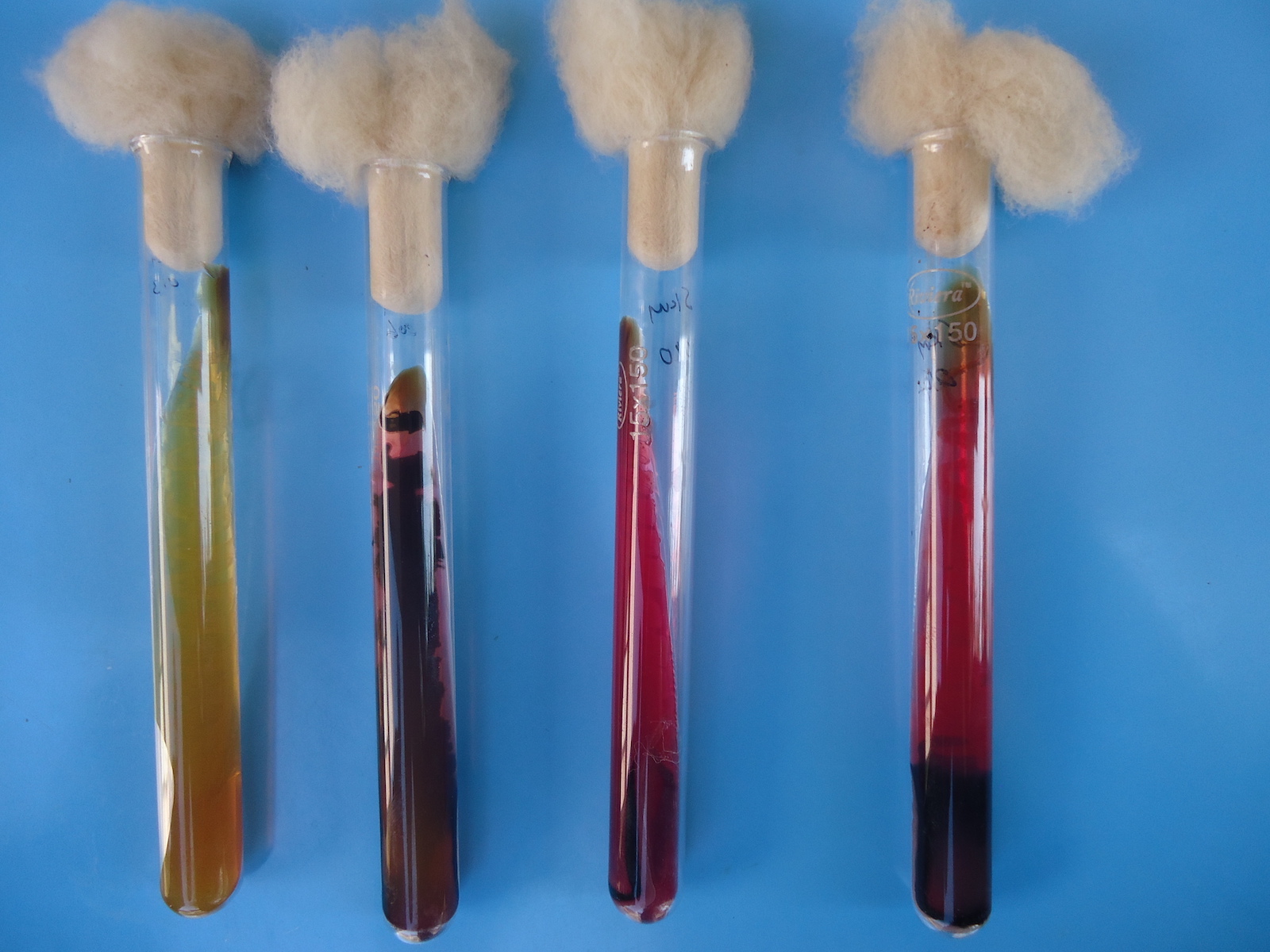
Disease dynamics
Hub researchers are assessing how pathogens and genes can transmit between chickens and from chickens to people and back again - focusing in particular on how this is influenced by how chickens are kept and traded. This is vital information to inform potential interventions.

The transmission and evolution of biological agents that can pass from chickens to people and cause disease (zoonotic pathogens) are shaped by poultry production and distribution. The zoonotic pathogens of interest to us include avian influenza (sometimes called ‘bird flu’) viruses, bacteria that cause food poisoning (known as foodborne pathogens) and carry antimicrobial resistance (AMR).
We are focusing on a number of key species, strains or genes for each category, and are characterising the path of each along and among chicken production and distribution networks.
Sampling for genetics
We are taking samples from chickens, people and their environments, and are repeating this across the different production and distribution networks and study sites so we can compare patterns.
The genomes of avian influenza viruses and foodborne pathogens are being sequenced, together with specific genes linked to AMR, to reveal the genetic diversity of our sampled pathogens. The results will allow us to assess the characteristics of pathogens at different stages of each chicken production and distribution network. Evolutionary changes in these pathogens may indicate more severe diseases, higher adaptation to humans, and/or AMR. The genomes of chickens are also being characterised to assess whether genetic diversity of these pathogens is influenced by the genetics of the chickens.
Microbiomes and AMR
We are assessing the structure and health of microbial populations (microbiomes) that are found in the guts of chickens. In parallel, we are measuring chicken exposure to antimicrobial drugs, as well as the inputs and decay of antimicrobials that are commonly used in chicken production. This will allow us to assess the frequency of pathogens, and factors which predispose towards pathogen carriage and AMR.
Interdisciplinary framework
This work, informed by quantification of the flow of chickens and chicken products along production and distribution networks, supports analyses designed to unravel the rates and directions of pathogen dispersal along these networks. As such, this interdisciplinary framework will detect key points in the chicken and chicken product networks where pathogens are more likely to persist, evolve and spread.
We are also assessing the actual and plausible influence on pathogen transmission of the social, economic, cultural and regulatory factors that shape the poultry production and distribution networks (for example urbanisation, the circulation of capital and local market values, gender relations and the transportation infrastructure), and possible interventions.
Mathematical modelling
We are developing mathematical models of pathogen transmission across networks, regularly updated based on real-time findings, to be used to generate and test hypotheses about pathogen transmission and evolution, as well as to explore the potential impact of possible disease risk mitigation interventions.


